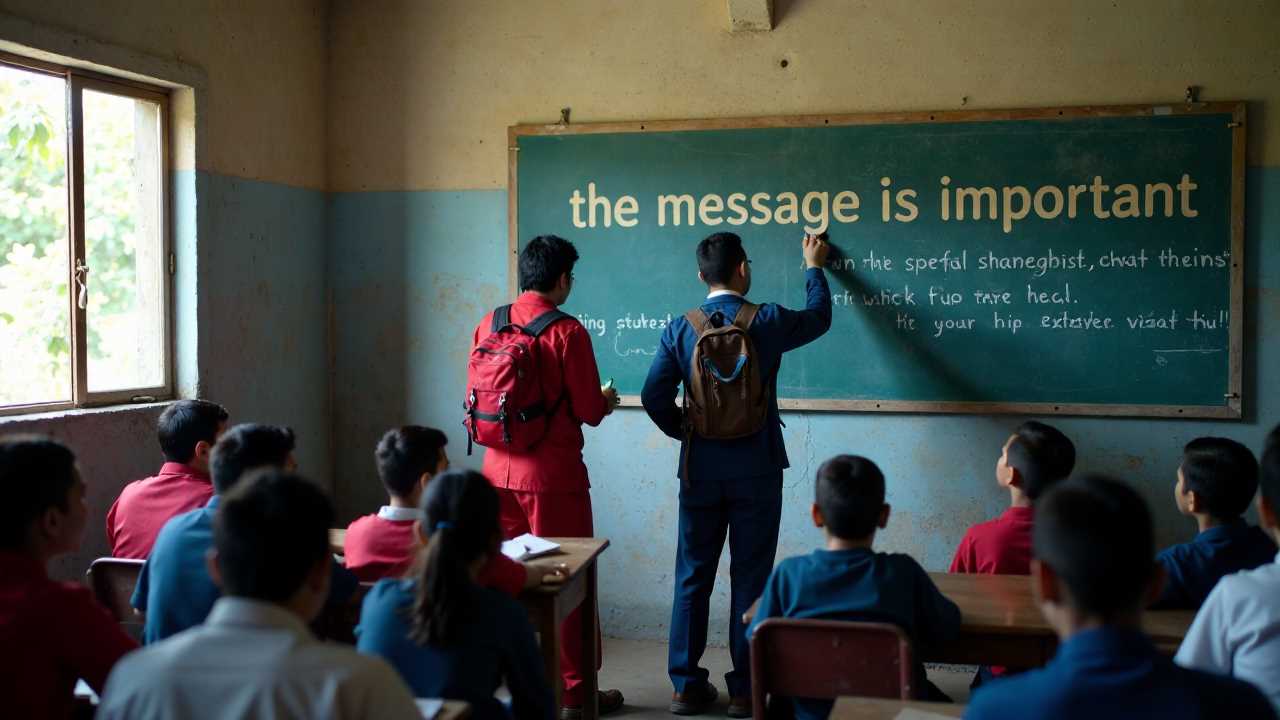
Understanding Culturally Responsive Teaching
Culturally responsive teaching (CRT) represents a transformative approach to education that recognizes and values the diverse cultural backgrounds of students. This methodology is not merely about acknowledging differences; it actively incorporates students' cultural experiences into the learning environment. By doing so, we foster an atmosphere where all students feel valued and engaged. CRT promotes differentiation, allowing educators to tailor instruction to meet the varied needs of learners, thereby enhancing their educational experience.
The Role of Differentiation in Culturally Responsive Teaching
Differentiation is a fundamental aspect of CRT. It involves modifying the content, process, and product of learning based on students' individual needs, interests, and readiness levels. In a culturally responsive classroom, teachers employ various strategies to ensure that all students can access the curriculum effectively. This may include using diverse materials that reflect different cultures, offering choices in assignments, and providing various levels of support.
For instance, when introducing a new concept, we can present it through multiple mediums—visual aids, hands-on activities, and group discussions. This approach not only caters to different learning styles but also validates students' cultural backgrounds by incorporating relevant examples and contexts. By understanding and respecting the cultural contexts of our students, we can create a more inclusive learning environment that promotes academic success for everyone.
Engagement Through Culturally Relevant Practices
Engagement is critical in the learning process, and culturally responsive teaching provides various strategies to enhance student involvement. When students see their culture reflected in the curriculum, they are more likely to engage with the material. This can be achieved by including literature, historical figures, and scientific contributions from various cultures in lesson plans.
Another effective strategy is to encourage students to share their cultural backgrounds and experiences. This can be done through projects, presentations, or class discussions. By fostering an environment where students feel comfortable sharing their stories, we promote a sense of belonging and community. This not only enhances engagement but also enriches the learning experience for all students, as they learn from one another's perspectives.
Inclusion as a Core Principle
Inclusion is at the heart of culturally responsive teaching. It emphasizes the importance of creating a learning environment where every student feels accepted and valued. To achieve this, educators must actively work to eliminate biases and stereotypes that may exist within the classroom. This includes using inclusive language, providing equitable access to resources, and ensuring that all students have opportunities to participate in classroom activities.
Collaboration among students is a powerful way to promote inclusion. Group work allows students to learn from each other, share diverse perspectives, and develop critical social skills. By assigning collaborative tasks that require teamwork and communication, we can help students appreciate the value of diversity and learn to work effectively with peers from different backgrounds.
Scaffolding for Success
Scaffolding is an instructional technique that provides temporary support to students as they learn new concepts. In the context of culturally responsive teaching, scaffolding involves recognizing the cultural and linguistic backgrounds of students and tailoring support accordingly. This may include providing additional resources, such as bilingual materials for English language learners or culturally relevant examples that resonate with students' experiences.
Effective scaffolding also involves breaking down complex tasks into manageable steps. By guiding students through the learning process, we help them build confidence and independence. This strategy is particularly beneficial for students who may struggle with certain concepts, as it allows them to grasp foundational skills before progressing to more challenging material.
Assessment in Culturally Responsive Teaching
Assessment is a vital component of the educational process, and culturally responsive teaching calls for a re-evaluation of traditional assessment methods. Standardized tests often fail to account for cultural differences and may not accurately reflect a student's knowledge or abilities. Therefore, it is essential to implement diverse assessment strategies that consider students' cultural contexts.
Formative assessments, such as observations, discussions, and peer evaluations, provide valuable insights into student learning. These methods allow educators to gauge understanding in real-time and make necessary adjustments to instruction. Additionally, incorporating student feedback into the assessment process fosters a sense of ownership and accountability, empowering learners to take an active role in their education.
Collaboration Among Educators and Communities
Collaboration extends beyond the classroom. Building strong partnerships with families and communities is essential in culturally responsive teaching. Engaging parents and community members in the educational process can provide valuable insights into students' cultural backgrounds and learning needs. This collaboration can take many forms, such as hosting cultural events, involving families in school activities, or seeking input on curriculum development.
By fostering these connections, we create a supportive network that enhances student learning and reinforces the importance of cultural identity. Collaboration among educators is equally important. Professional development opportunities focused on CRT can equip teachers with the tools and strategies needed to implement these practices effectively. Sharing experiences and resources among colleagues fosters a culture of continuous improvement and innovation in teaching.
The Future of Culturally Responsive Teaching
Culturally responsive teaching is not a one-size-fits-all approach; it requires ongoing reflection, adaptation, and commitment to meeting the diverse needs of students. By prioritizing differentiation, engagement, inclusion, scaffolding, collaboration, and assessment, we can create a more equitable and effective educational environment. As we continue to embrace and implement these strategies, we pave the way for a future where all students can thrive academically and socially, ultimately fostering a more inclusive society.
 Careers in EducationElementary EducationHigh School EducationEducational TechnologyTeaching StrategiesSpecial EducationPrivacy PolicyTerms And Conditions
Careers in EducationElementary EducationHigh School EducationEducational TechnologyTeaching StrategiesSpecial EducationPrivacy PolicyTerms And Conditions
